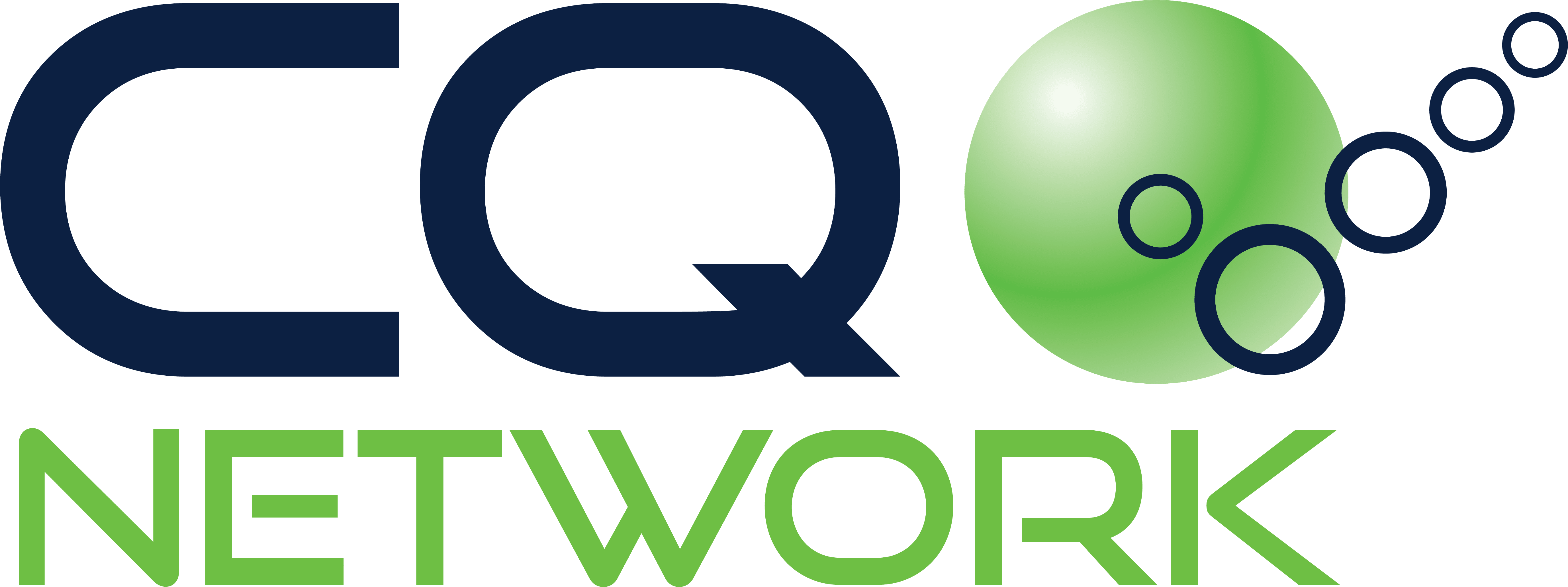
03 Aug Prequalification Best Practices
Welcome to Contractor Prequalification Best Practices.
You can use many of these practices to mitigate the risks and improve operations when working with contractors. Remember, though, that there is no one-size-fits-all solution. The following methods are tried and true, but consideration of how any one of them may fit your operations is essential to assess.
Put a Contractor Management Standard In Place
Establishing a written company Standard that documents your contractor management process is a critical success factor. The Standard ideally covers the management of contractors from first contact through contract closeout. A well-developed Standard will identify roles and responsibilities, deliverables, and any practical tools, like forms and flow charts that guide the process. If you don’t have a standard and want to get started, send us an email, and we’ll send you a template with all the must-have pieces.
Do the Rights Things at the Right Time
Any best practice is about optimizing effort and minimizing low-value items. With prequalification, it’s important to focus on the ‘need to haves’ – the critical few bits of information that tell you most about your contractor. Don’t get caught up in too much process and too much data! Our Contractor Management Cornerstones video describes specific data points clients pay the most attention to.
Use a Two-Stage Prequal Process Where Practical
A two-stage qualification process is a tiered approach that includes general screening and statement of work screening:
General screening ensures essential due diligence. This stage determines if the contractor is qualified to move to the next stage. Capacity, capability, safety performance and programs, and insurance coverage are key subject matter areas.
Statement of work screening is linked to a request for proposal. It considers the contractor’s services and the risks to be mitigated based on the defined scope of work. This type of screening is the time for detailed assessment and verification of programs and performance.
The two-stage approach is more business-friendly since it simplifies the prequalification process to what you need to do at each stage.
Ensure Your Team Has the Required Knowledge and Experience
Prequalification brings a lower return on investment when the review team lacks the knowledge and experience to ask the right questions and analyze the responses. Team members must have expertise in field operations, safety, quality, finance, and so on – and know what they need to evaluate. Get your best subject-matter people involved and have a quarterback who coordinates the team.
Make Data Available to Those Who Need It
Information is only helpful if those who need it have it available. So, while it might seem obvious, ensuring that all members have access to the data and the assessment will save time and prevent duplication.
It’s also important to ensure everyone knows how your contractor management system works. Again, team members’ input and coordinated activities improve the process and outcomes.
Define Your Expectations and Compliance Standards
Contractors must understand expectations and the standards you have in place. Throughout the process, ensure they get clarification and answer their questions promptly.
For contractors who don’t meet your qualification criteria, take time to communicate deficiencies. This allows them to understand where improvements are necessary and develop their capabilities for potential future projects.
Technology is Your Friend
Use fit-for-purpose technology where practical. While spreadsheets and PDFs seem like the most accessible and cost-efficient tools, they lack the flexibility of custom applications. For example, better technology allows you to customize questionnaires and document requests that fit your contractor categories. It can also track certificates automatically.
Opt for Service-Specific Questionnaires
Using a one-size-fits-all questionnaire for your contractors might be tempting because it seems like it would save time. But does it? Best practices indicate that custom questionnaires for specific contractor groups are value-added. For example, more information is needed from high-risk contractors. In addition to being practical and business-friendly, this approach reduces redundant content in the questionnaires, saving you and your contractors time.
Establish Minimum Certification Requirements – and Stick to Them
Before evaluating whether a contractor meets your requirements, you must know what those requirements are. First, decide what certificates are a ‘must-have.’ Next, establish a baseline that every contractor must meet, without exception. Typical baseline requirements include commercial general liability insurance, automotive insurance, and verification of workers’ compensation.
Consider Contractor Capabilities
Before bringing a contractor on board, it’s essential to understand their financial and organizational capabilities. Some questions to ask include:
- Does the contractor have sufficient personnel?
- Do they have the required skills to complete the work efficiently and safely?
- What about their track record of delivering on time and budget on projects of similar size?
- Is the contractor’s work generally high quality and without extensive rework?
- Does the contractor have adequate access to capital in a line of credit, or other means, to manage your scope?
It’s worthwhile sorting out your critical few high-value questions for all contractors.
Ensure the Competency of Supervisors
Since supervisors oversee the work, it’s critical to be confident that they have the skills necessary to run the job. This includes technical and project experience, people management, and safety skills. In addition, leaders with empathy and the ability to empower are generally the most successful.
Have a Risk Management Plan
This one is about being proactive by reviewing the contractor prequalification submittal and identifying gaps in standards and capability. Then, take actions to mitigate the gaps. Finally, ensure you achieve the level of alignment you’re looking for.
The risk management plan should be specific to the project and take into account three main things:
- Where the contractor will be working.
- What conditions will the contractor be working in.
- How the risk management processes can be applied.
DOWNLOAD THE GUIDE HERE
CQ Network guides organizations to better contractor management outcomes with a custom application and outstanding customer service. Find out more at www.cqnetwork.com.
CQ Network Training provides online training solutions for purchasers and contractors in high-risk industries. We have compiled 20 years of contractor management best practices to benefit operations, supply chain professionals, and health and safety personnel. Find out more at www.cqntraining.com.



No Comments